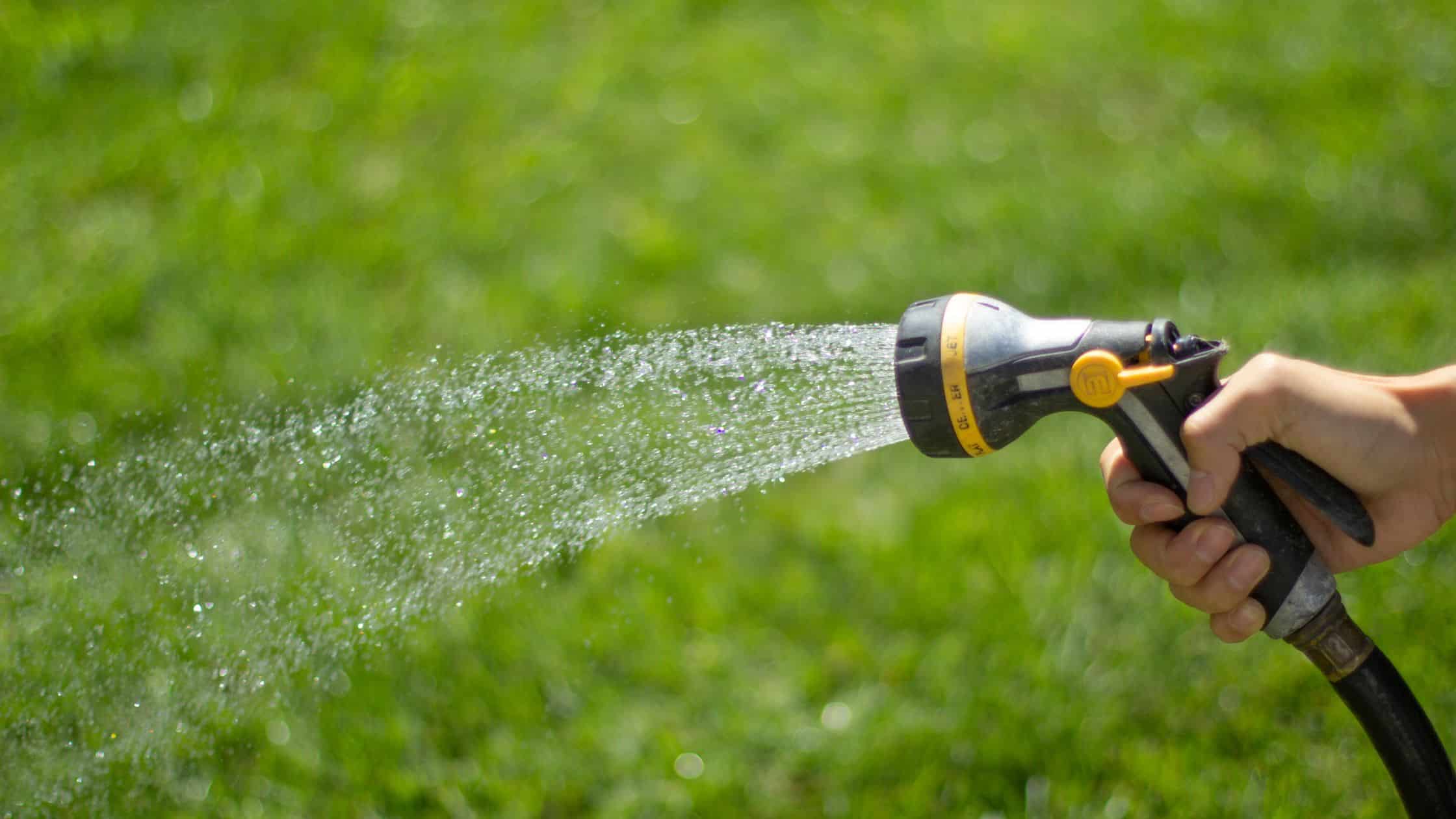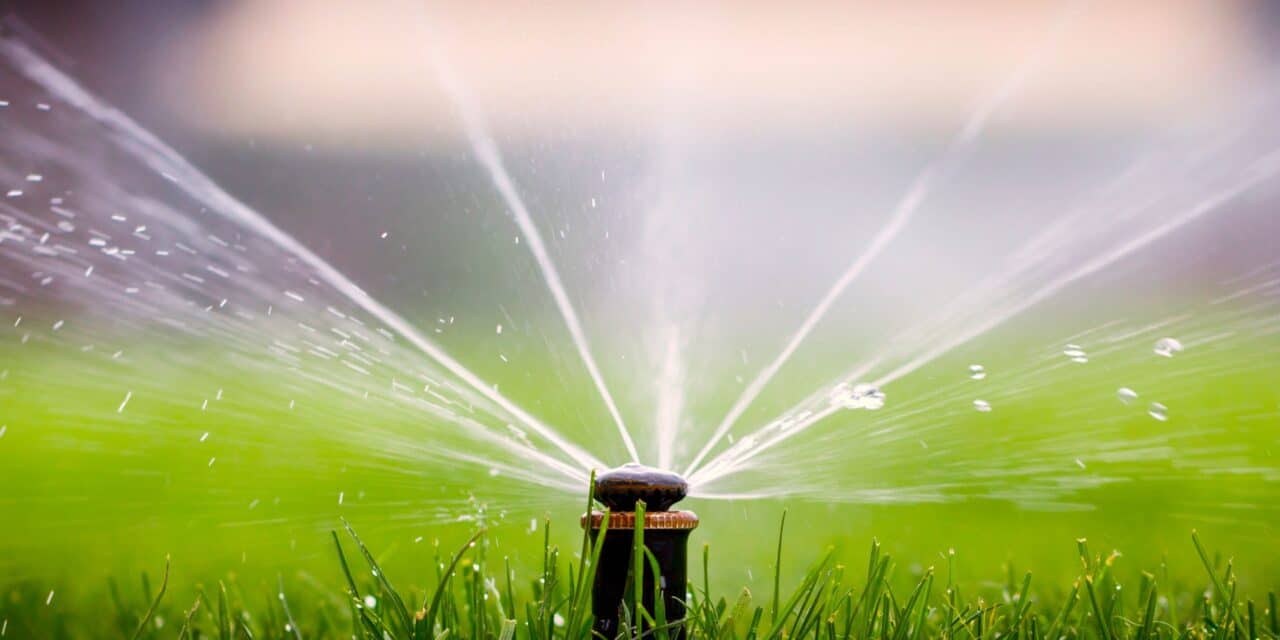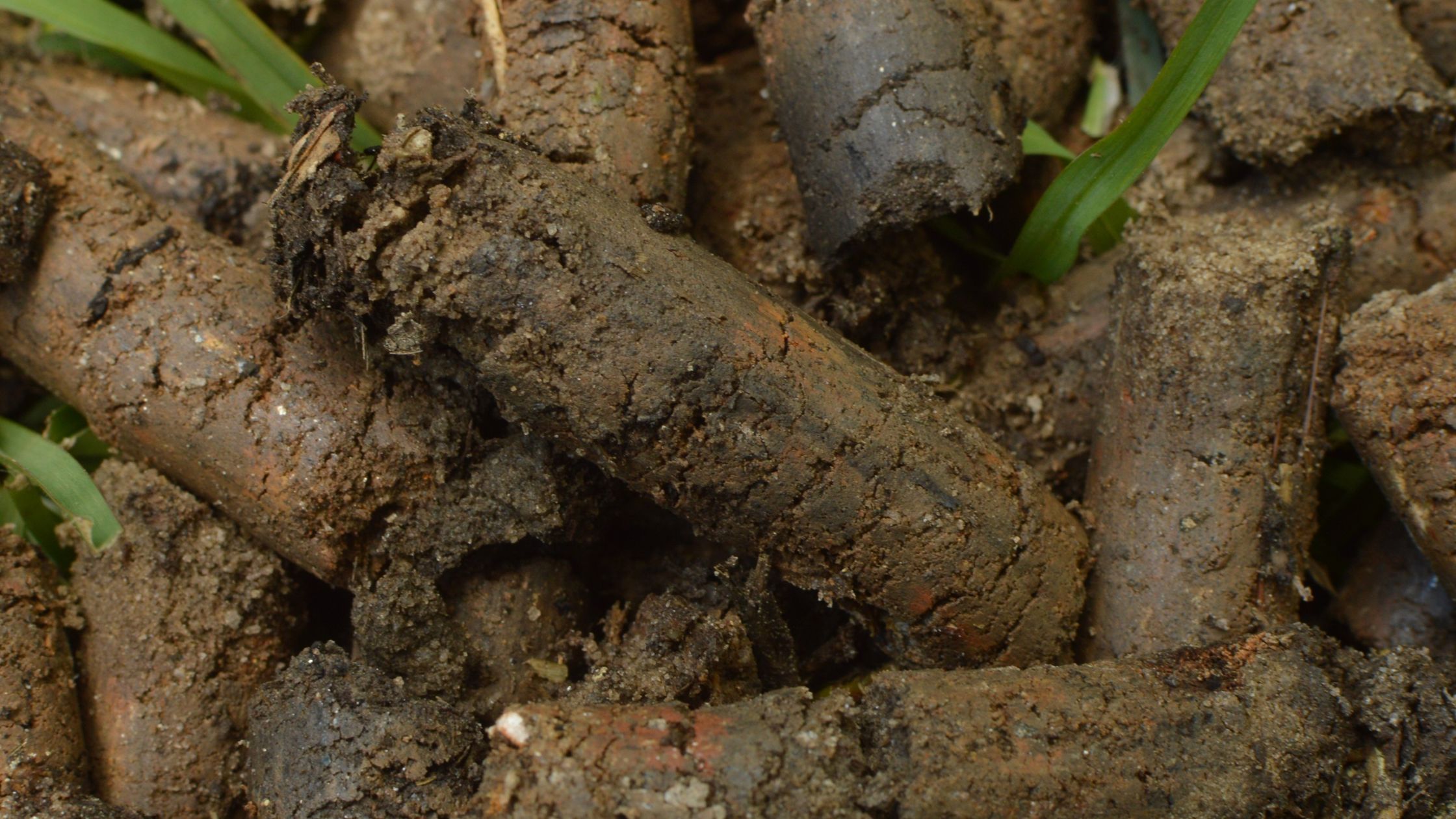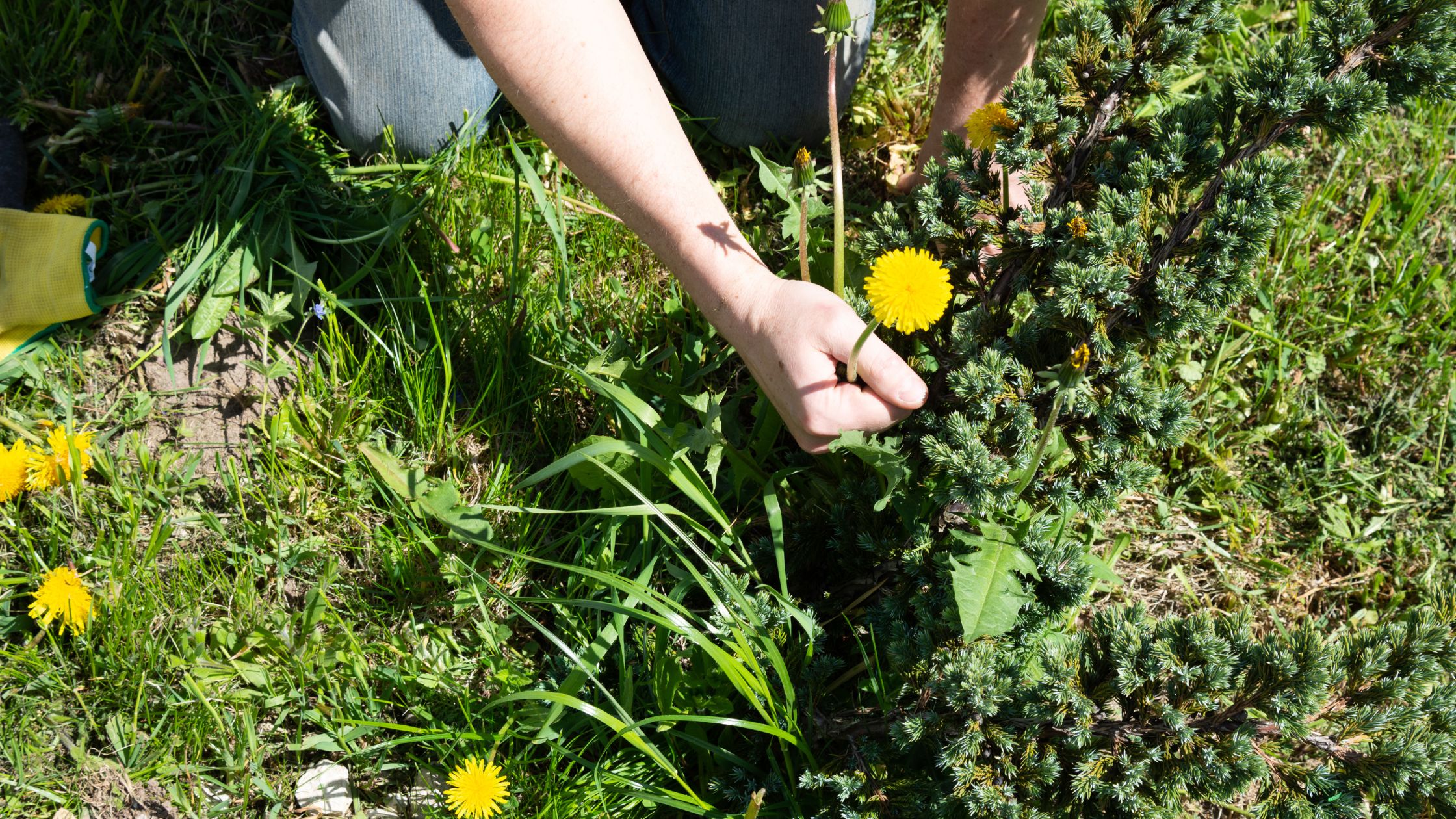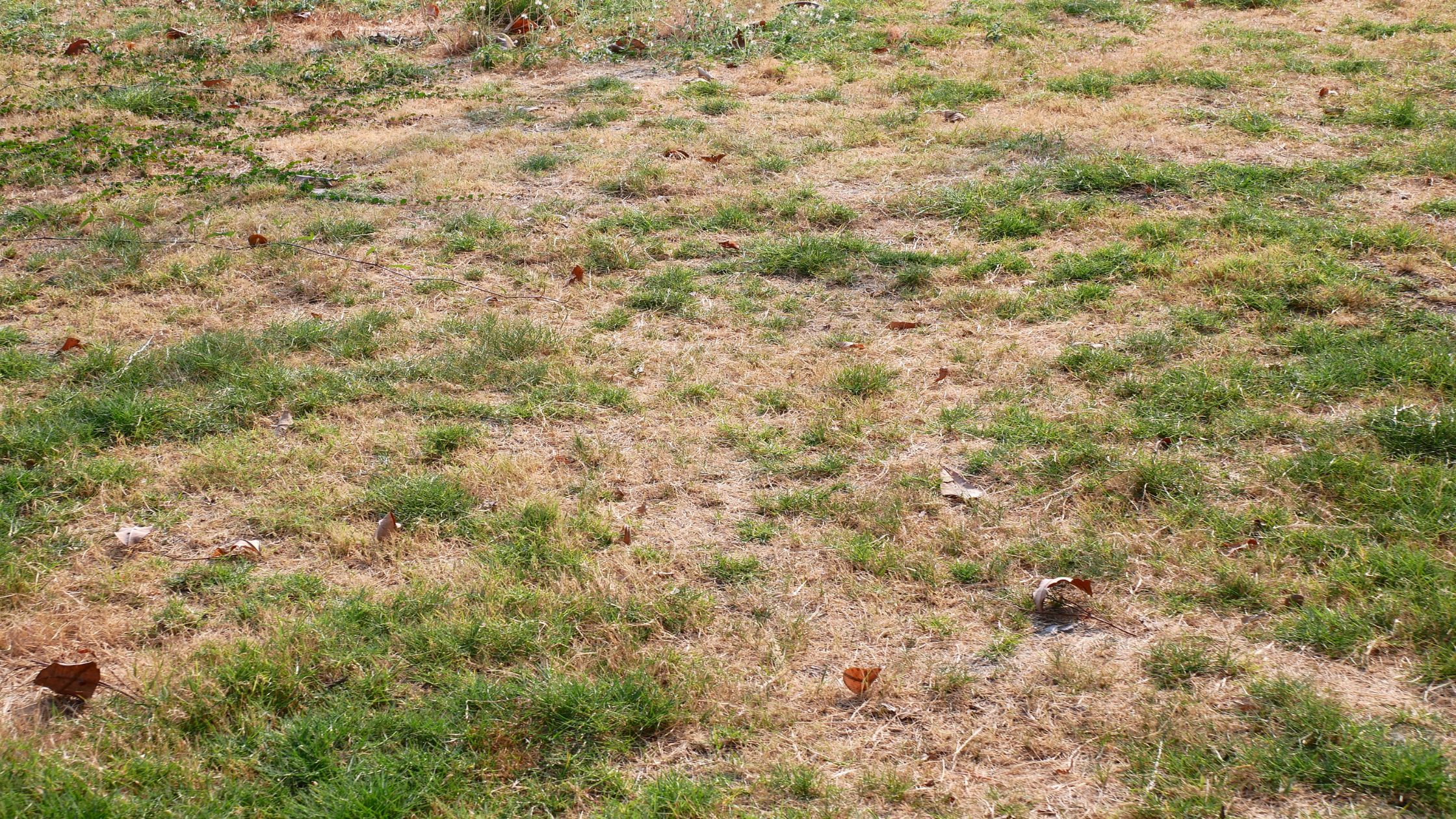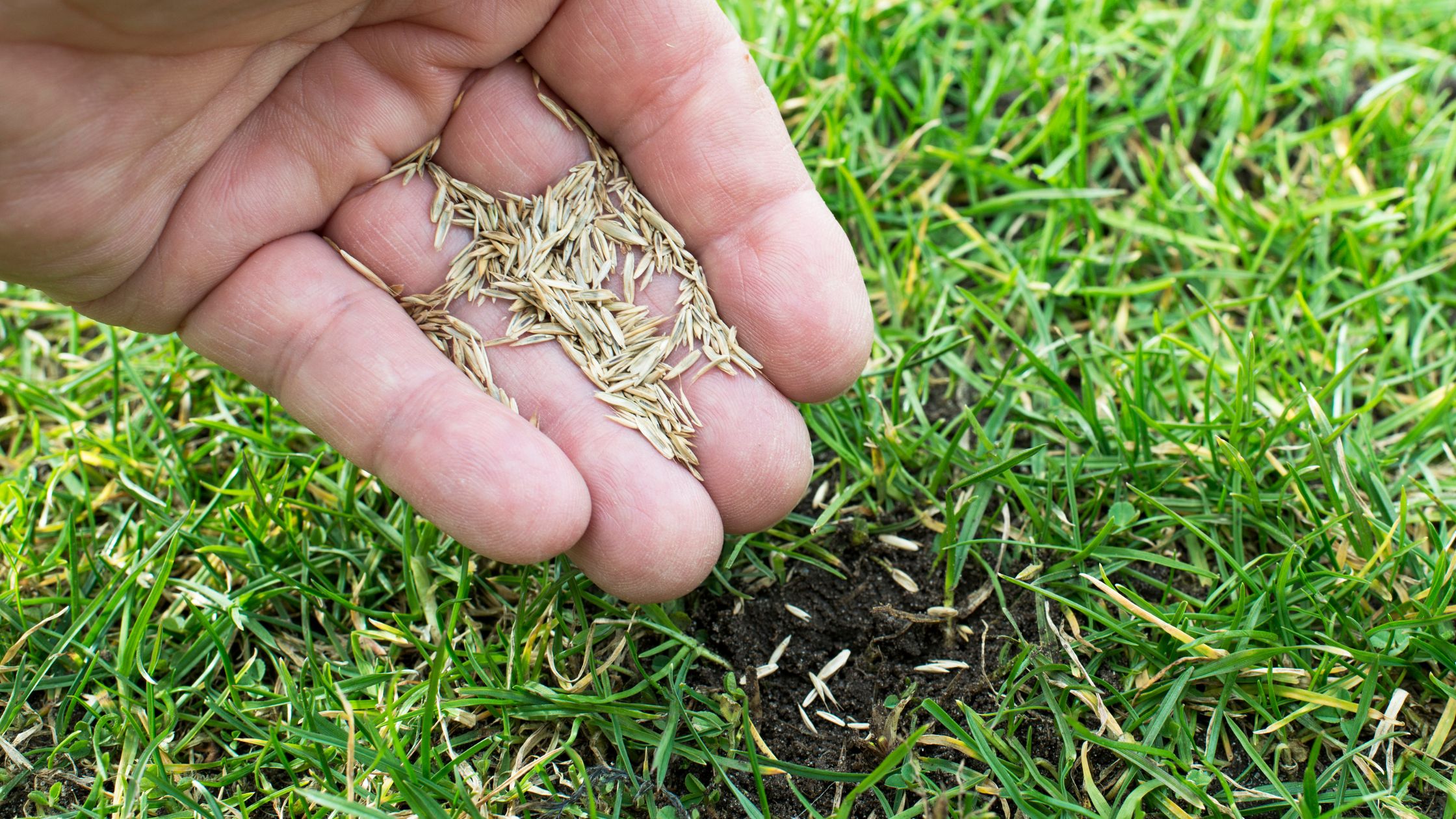Overseeding is one of the best ways to revive a thin or patchy lawn in Northeast Ohio, especially if done in late summer or early fall. But simply tossing grass seed over your yard won’t get the lush results you’re hoping for. To give new grass seed the best chance of germinating and growing, you...

